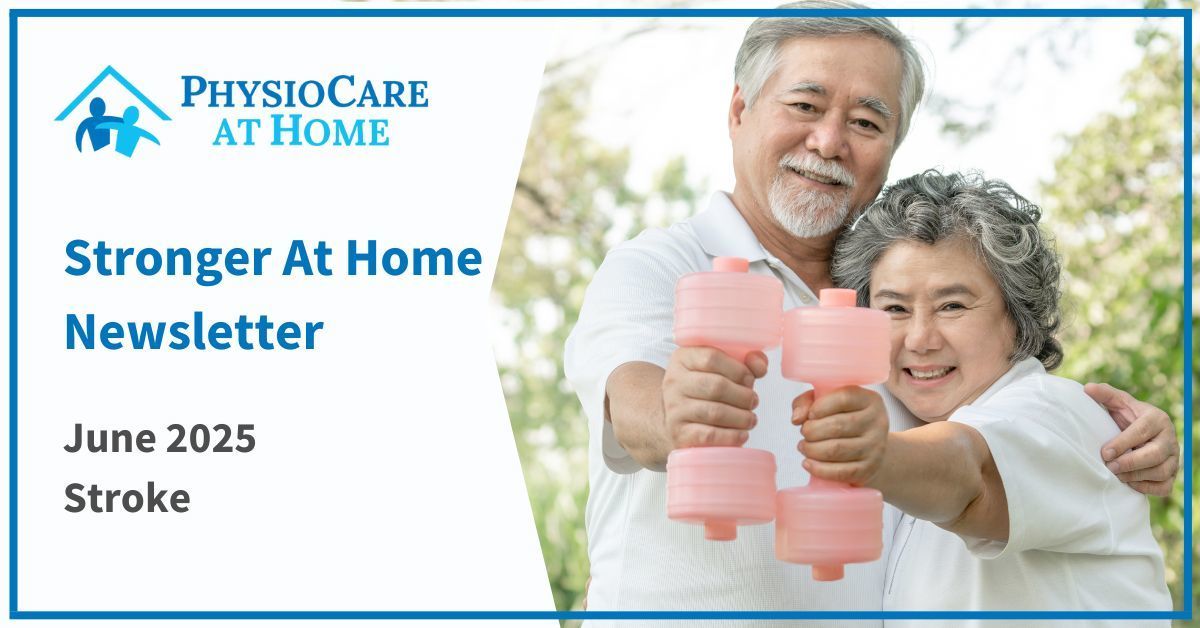Let’s talk about Stroke and Exercise
A stroke is a serious and sudden event that occurs when the blood flow in the brain is compromised either through a clot or hemorrhage of the blood vessels. A stroke can have life altering consequences and can impact your muscle strength, balance, mobility, dexterity and even your ability to communicate. First things first, do you know the signs of a stroke?
SIGNS OF STROKE: Think F.A.S.T.
F: Face – Is it drooping?
A: Arms – Can you raise both arms?
S: Speech – Is it slurred or jumbled?
T: Time – It's important to act fast and call 911 immediately
Knowing the signs of a stroke and acting fast can be lifesaving, but many people assume it will never happen to them. Let’s take a look at the risk factors to better understand who may be at risk.
STROKE RISK & PREVENTION
Your risk of experiencing a stroke increases rapidly after age 55. Common risk factors also include:
-
High blood pressure
-
Diabetes
-
Smoking
-
High cholesterol
-
Physical Inactivity
-
Obesity
-
Atrial fibrillation
As I review this list, it is clear that stroke prevention starts with lifestyle! If you want to decrease your risk of stroke, taking steps to be physically active EVERYDAY (and throughout the day!) along with eating a balanced diet, managing chronic conditions and avoiding smoking and alcohol consumption will make a massive difference! We would love to help you reduce your risk through an individualized exercise plan.
Exercise for both stroke prevention and recovery should include aerobic, strength, and balance training, along with functional and gait training. So, why not start today and get moving in the right direction?
STROKE RECOVERY – How exercise plays a role
Now, for those who have experienced a stroke and are working hard to recover, consistency is key! Stroke recovery is typically a long journey requiring commitment to rehabilitation and exercise. Stroke rehabilitation focuses on restoring function, improving mobility, and enhancing quality of life. The most effective exercise interventions are those that are task-specific, repetitive, and intensive, promoting neuroplasticity and functional gains.
The best outcomes are achieved when exercise & rehabilitation is:
Even years after a stroke, targeted exercises and movement therapies can lead to meaningful improvements. So, it’s never too late!
Get an individualized Assessment & Treatment Plan with one of our amazing Therapists TODAY, so you can get moving in the right direction.
Our PhysioCare at Home team can help.
Call us today!
Improve your functional leg strength in the video below by learning how to perform a proper squat, and then practice everyday because Consistency is Key!
To Your Health,
Jillian
Physiotherapist & Clinical Director



